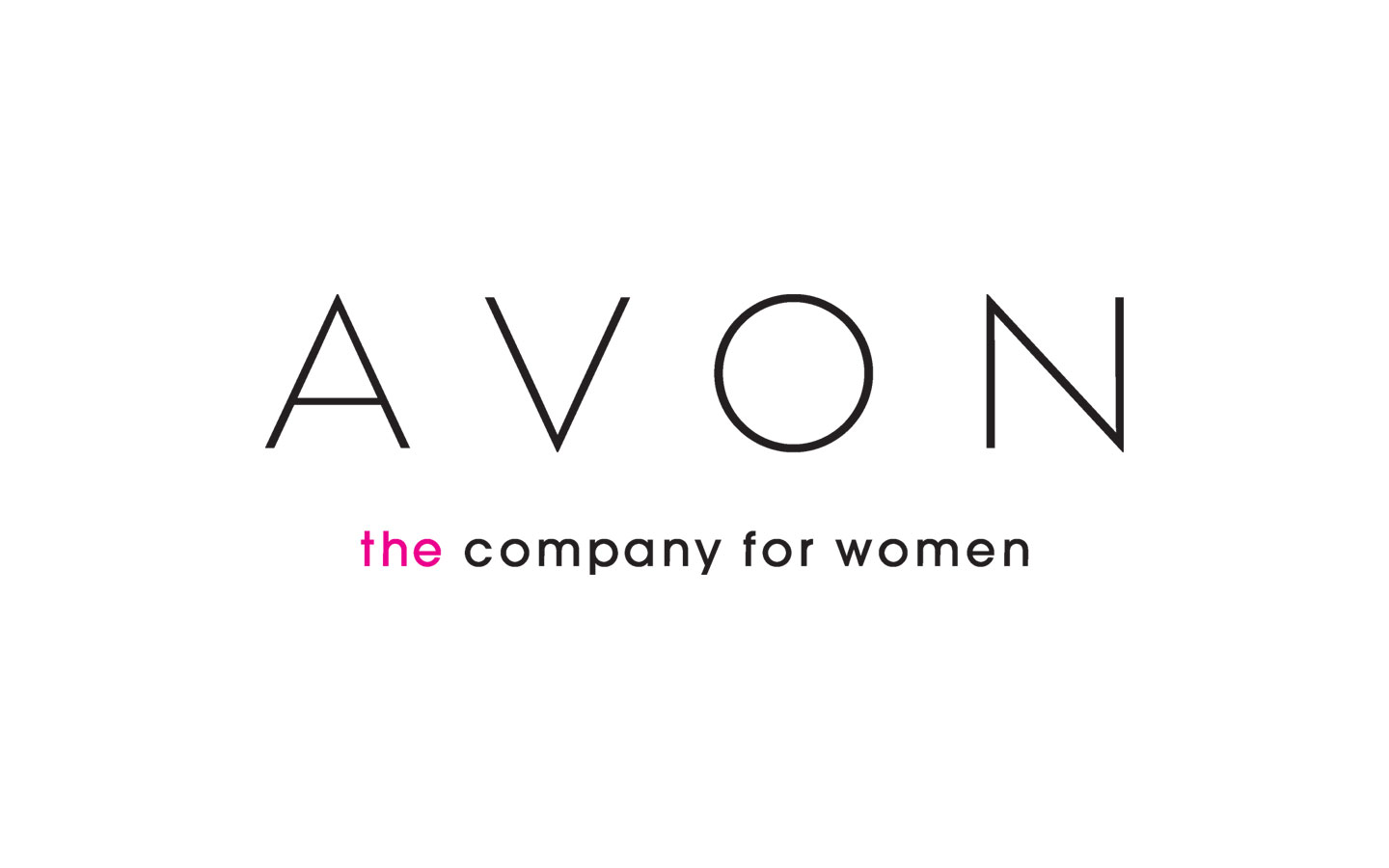
Avon History:-
Avon Products traces its origins to 1886, when David H. McConnell bought the Union Publishing Co. and started manufacturing perfumes to give away with books. When he discovered that his customers were more interested in the fragrances than the books, Mr. McConnell concentrated on selling perfumes. The business was renamed the California Perfume Co. in an effort to associate its products with the perceived beauty and novelty of the “Golden State.”
From the beginning, CPC sold directly to the consumer through a national network of sales agents, primarily women. During the late 19th and early 20th centuries, CPC grew rapidly and expanded its line of products to include cosmetics, household cleaners, food flavorings and toiletries.
During the 1920s, CPC sold fragrances and cosmetics under various names, but the company itself lacked brand identification. In 1929, it established two separate product lines: “Perfection” (food flavorings and household cleaning products) and “Avon” (toiletries and cosmetics). Ten years later, CPC was renamed Avon Products to reflect the company’s identification with its cosmetics and toiletries lines. (Mr. McConnell had died two years earlier at age 81.)
National Advertising:-
During its first 50 years, Avon did little advertising; instead, it relied on catalogs and product samples carried by sales representatives. During the Great Depression, however, CPC began to advertise nationally. It sponsored the radio program “Friends” in 1935 and launched its first national ad campaign in Good Housekeeping in 1936. Within a few years, Avon advertised its cosmetics in other national women’s magazines and in the Christian Science Monitor.
While the Luckey Bowman agency handled CPC during its early years, Monroe F. Dreher Inc. has been credited with creating some of Avon’s most memorable ads over a span of three decades. With the onset of World War II, its “Women of Achievement” campaign featured American heroines, depicting women’s contributions to the war effort.
John A. Ewald became president of Avon in 1944 and oversaw its most successful period. Avon’s advertisements during the immediate postwar years featured the company’s sales representatives with the slogan, “Welcome her when she calls.” The celebrity endorsement campaign that followed (1949-52) linked Avon to the glamour of Hollywood and Broadway, professional sports and high society and featured such well-known figures as Jimmy Stewart, Celeste Holm, Loretta Young and Joe DiMaggio.
Avon’s spot TV commercials first appeared in 1953 in the New York and Chicago markets, featuring the “Avon calling” slogan and the quintessential doorbell-ringing “Avon lady.”
Avon expanded into the international market during the 1950s. (Although the company had entered Canada in 1914, its operations were limited to North America until the ’50s.) In 1953, Avon set up a Latin American division, and European offices opened in 1957. With the exception of language, Avon’s overseas ads—primarily print—were nearly identical to those used in the U.S., supplemented in Latin America by filmed commercials in movie theaters and limited TV spots.
By the 1960s, the company’s ad budget was about $700,000 or about 3% of sales. In the mid-to-late-’60s, advertising highlighted cosmetics and fragrances, as well as popular product packaging, including decanters for men’s colognes and Peanuts cartoon characters for children’s toiletries.
During the early 1970s, Avon’s ads reflected the growing importance of the teen and African-American markets. In 1972, the company moved its account to Ogilvy & Mather, which created ads that not only featured products but also recruited new sales reps with the “Someone you know sells Avon” effort.
In 1976, the company doubled the amount spent on print ads and TV spots for the “You never looked so good” campaign. Avon began to target upscale, fashionable women, as in the “Avon now, Avon wow” campaign, which began airing in mid-1983. Two years later, Avon moved its account to N.W. Ayer & Son.
Focus on Anti-Aging:-
During the ’90s, much of Avon’s advertising focused on the Anew line of anti-aging skincare products. Ayer created new campaigns annually, including “Just another Avon lady” (1996), “Dare to change your mind about Avon” (1997) and “Claim your beauty” (1998).
In 1998, Avon appointed N.W. Ayer & Partners (successor to N.W. Ayer & Son) as its single global agency; previously, the company had used local agencies in international markets. In 1999, however, Avon dismissed Ayer. Instead, the company used its in-house ad department to handle creative and launched its first global campaign with “Let’s talk” in 2000. The company budgeted nearly $90 million globally for advertising (4% of sales), representing a 50% increase from 1999 spending. MediaVest, a unit of the MacManus Group/DMB&B, handled media buying for all markets.
At the close of the 20th century, Avon attempted to increase sales and develop international name recognition via a unified brand image internationally; as part of that strategy, it relaunched established products such as Anew and Avon Color as global brands.
In 2001, Avon launched its first retail brand, BeComing, naming independent shop Wieden & Kennedy, New York, to handle the business. Looking to fill in gaps in its target audience, in 2003 Avon launched the Mark brand to reach 18- to 24-year-olds and recruited 25,000 young sales reps to reflect the new face of Avon. Wieden & Kennedy, New York, was named agency of record for the brand.
Avon also shifted its efforts to reach ethnic women, naming a leader of market segmentation and overhauling its brochure to reflect a diverse mix of Hispanic, Asian and African-Americans. Avon also actively recruited African-American sales reps with advertising. In 2004, Avon signed actress Salma Hayek as its advertising spokeswoman as part of an initiative to renew its flagship Avon Color cosmetics line and its fragrances.





























1 Comment
Kashif
(August 2, 2018 - 10:18 pm)Carray on nice